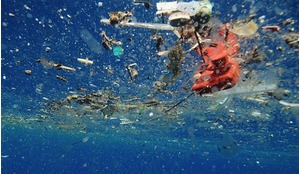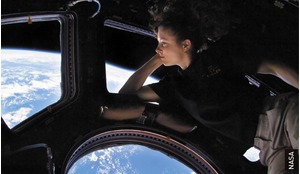Microgravity and space research has long held a fascination for anyone wanting to float weightlessly around a spaceship while simultaneously performing ‘off-world’ experiments. However, space missions that have continued to bring pride, passion and a demonstration of a country’s capabilities to the forefront, had a more strategic origin than the scientific and technical achievements they have become renowned for.
In the beginning, space missions were directly linked to military projects. Launcher technologies were developed with the goal of transporting nuclear bombs from one continent to another. As the capacities increased, the USSR and the USA became capable of sending the first satellites such as Sputnik into space in 1957. The effects of low, or zero gravity, were nevertheless not studied much before the first human spaceflights.
As human spaceflights developed with the exploration ambitions of different nations, research on the effects of exposure to space and low gravity environments became necessary in order to sustain long-duration habitation in space.
Many experiments were performed in spacecraft to understand these effects. In the 1990s, terrestrial microgravity research facilities such as drop-towers and parabolic flights were developed around the globe when universities and research institutions developed their capabilities and expanded their research programmes. These new facilities allowed cheaper and more convenient access to microgravity and gave a variety of cost-to-performance options. Many of these microgravity experiments were oriented towards space exploration and this advanced research started to push the boundaries in physics, biology and chemistry.
Read more on the history of microgravity research and the latest global developments in this field of space exploration in the full version of the article, available now to our subscribers.














